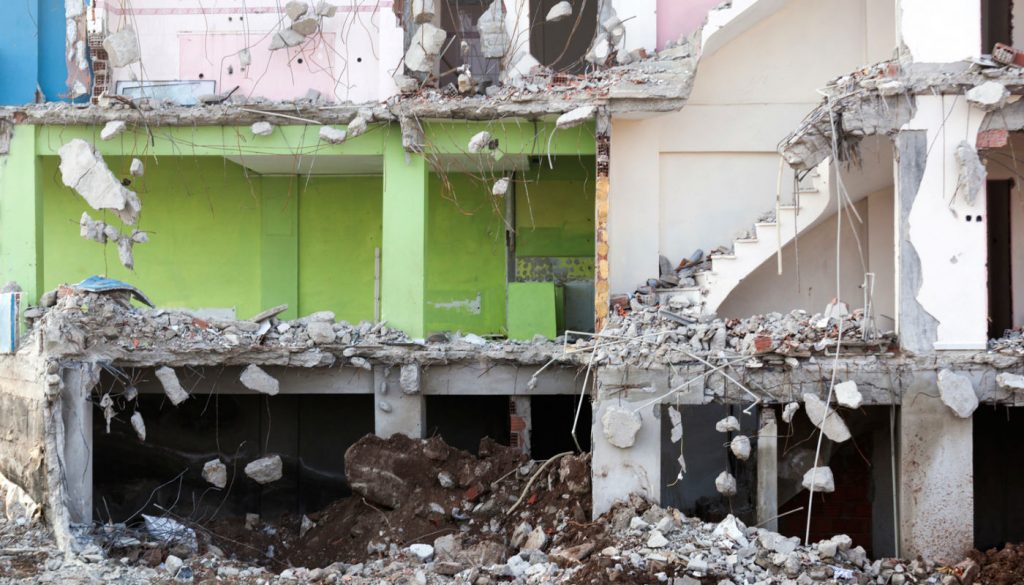An innovative testing system that helps smart structures withstand catastrophic events has netted a team of structural engineers national kudos.
Professor Riadh Al-Mahaidi, Dr Javad Hashemi, Dr Robin Kalfat and test engineer Graeme Burnett from Swinburne University have successfully developed and tested a smart structures system that helps engineers predict the effects of disasters like earthquakes or floods on infrastructure.
This innovation won the team Engineers Australia’s 2017 WH Warren Medal for their paper on the development and testing of this system, called multi-axis substructure testing (MAST). The medal is awarded annually for the best paper in the discipline of civil engineering. The team have also summarised the challenges and innovations of the system development in a recently published book.
“The MAST system provides a powerful tool for engineers to investigate the dynamic effects of strong earthquakes, winds and hydrodynamic waves on full-scale structural systems and their components,” Al-Mahaidi said.
Al-Mahaidi, the director of Swinburne’s Smart Structures Laboratory, said that unlike static infrastructure, smart structures are able to sense and react to their environment in predictable and desirable ways. They can do this thanks to integrated elements such as sensors, actuators, power sources, signal processors and communications networks, which enable monitoring through the Internet of Things.
Al-Mahaidi explained it’s hard to predict the nonlinear structural behaviour and failure mechanisms during extreme events because the applied loads are complex.
“They are multi-directional, highly coupled, continuously varying loads that push the structures beyond the design level to the state of complete collapse. Response simulation of structural components under these complex boundary forces are extremely difficult,” he said.
The team was able to conduct their testing using a unique range of performance testing equipment found in the Smart Structures Laboratory. This includes large-scale 1 mega-Newton (MN) and 5 MN universal testing machines as well as the MAST system. This equipment is capable of assessing the performance of civil, mechanical, aerospace and mining engineering structures and components under service and extreme loads.
Al-Mahaidi said that MAST is a hybrid simulation system, as it combines computer simulation with realistic experimental testing. This is done by applying physical loads to a critical structural component, such as a steel or concrete column, and simulating the rest of the structure.
“The physical element can be tested while it serves as part of the virtual model of the full structure that is subjected to realistic scenarios of extreme events,” he explained.
That ‘physical element’ testing is pretty rigorous. The MAST system uses a sophisticated control system, eight high-capacity hydraulic actuators, and a reaction system including a 9.5 tonne crosshead, strong floor and an L-shaped strong wall. It can apply loads or deformation in all six degrees of freedom: vertical, lateral, longitudinal, pitch, roll and yaw. These loads can be applied in switched or mixed mode control.
Since the MAST system’s commissioning in 2015, the Smart Structures Laboratory has been used for research and commercial projects including several large-scale quasi-static or hybrid simulation seismic building tests for universities in Australia and New Zealand, as well as real-time cyclic wind testing for structural manufacturing company Rondo. It is also booked for more projects in 2018, including flood-loading of bridges.
The facility has also received more than $2 million dollars in funding, including a grant from the Australian Research Council, as well as funds from Swinburne and 11 partner universities.
Al-Mahaidi hopes that the laboratory will continue to be busy in the future.
“We always look for collaboration and will be happy to see the MAST system serve research and practice at full capacity,” he said.
